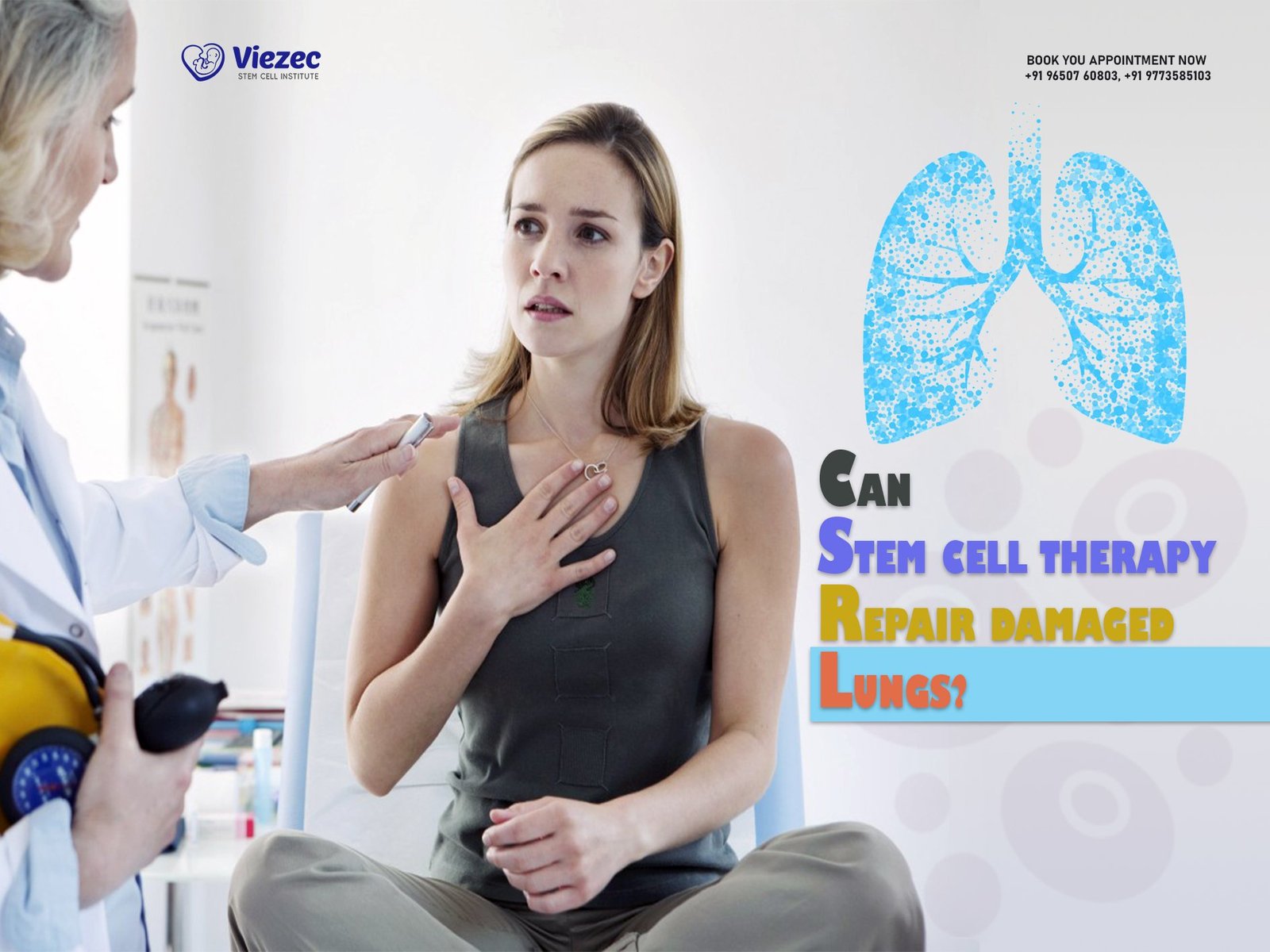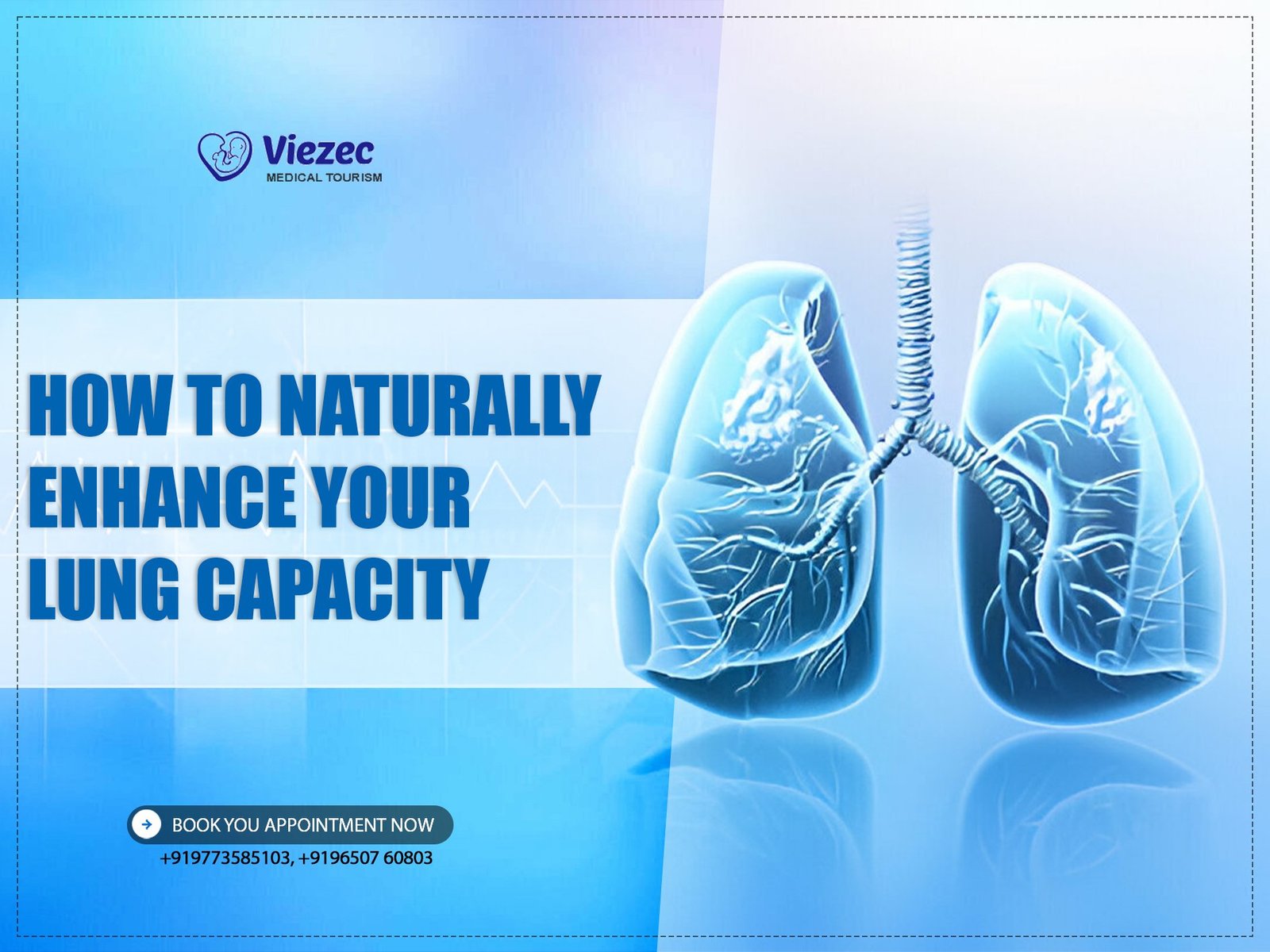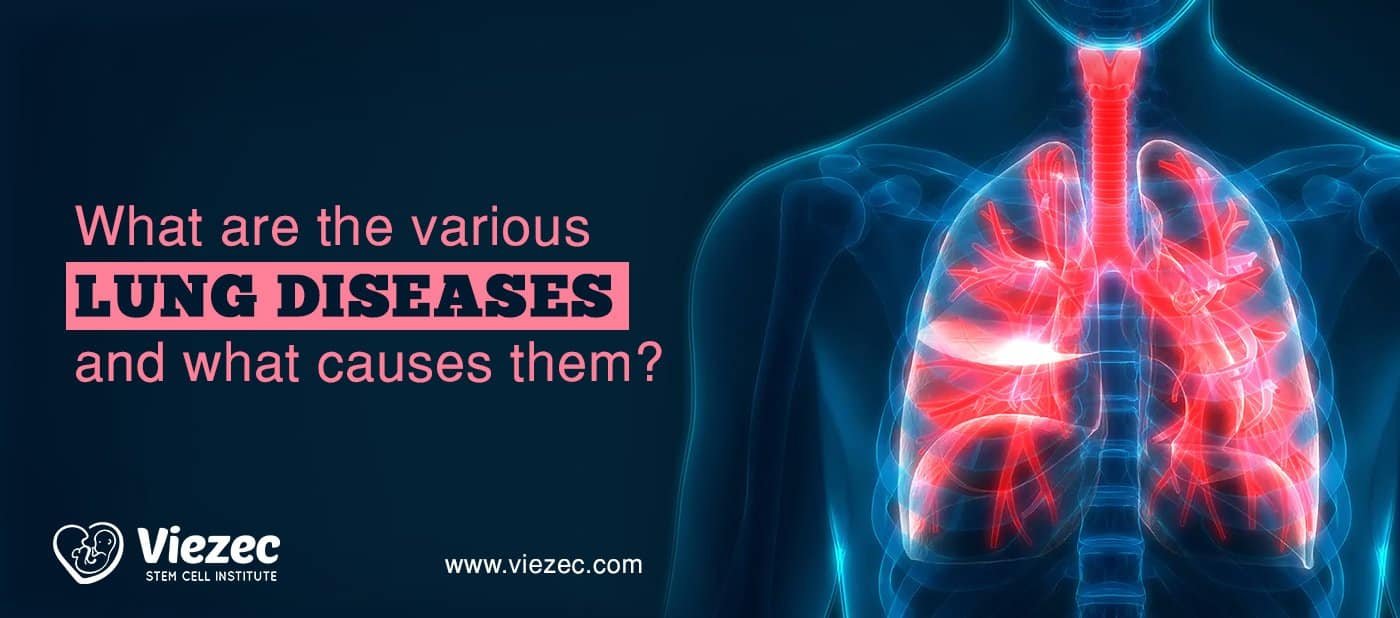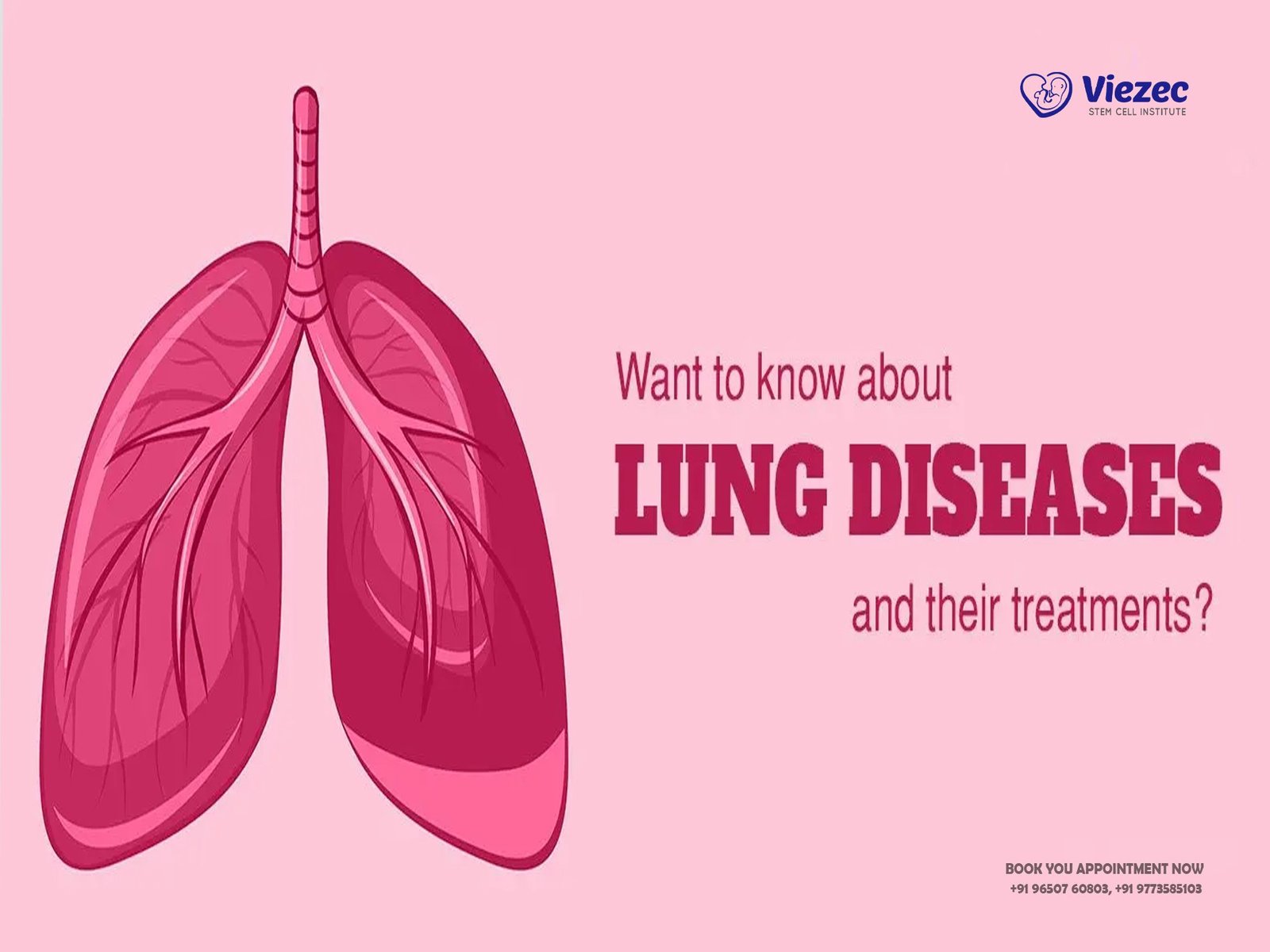Interstitial Lung Disease (ILD) comprises a diverse group of lung disorders characterized by inflammation and scarring of the lung tissue. These conditions can lead to significant impairment in lung function and pose substantial challenges for both patients and healthcare providers. Traditional treatment options often focus on managing symptoms and slowing disease progression, but recent advancements in medical science have brought forth a promising avenue: stem cell therapy. This article delves into the intricacies of ILD, explores the potential of stem cell treatment, and scrutinizes the current state of research and clinical applications.
Understanding Interstitial Lung Disease
Interstitial Lung Disease is an umbrella term encompassing various disorders that affect the interstitium, the tissue surrounding the air sacs of the lungs. Common ILDs include idiopathic pulmonary fibrosis (IPF), sarcoidosis, and connective tissue disease-associated ILD. These conditions share a common feature: the progressive scarring of lung tissue, leading to reduced lung capacity and impaired gas exchange.
Challenges of Conventional Treatments
Conventional treatments for ILD primarily involve anti-inflammatory drugs, immunosuppressants, and oxygen therapy. While these approaches can alleviate symptoms and slow disease progression to some extent, they often fall short in providing a definitive cure. This limitation has spurred the exploration of innovative therapies, and stem cell treatment has emerged as a frontrunner in this pursuit.
Stem Cells: A Therapeutic Paradigm
Stem cells possess unique properties that make them ideal candidates for regenerative medicine. Their ability to differentiate into various cell types and stimulate tissue repair has ignited interest in their potential applications for treating a myriad of diseases, including those affecting the lungs.
Types of Stem Cells
Embryonic Stem Cells
Derived from embryos, embryonic stem cells are pluripotent, meaning they can differentiate into any cell type in the human body. The ethical concerns associated with their use have, however, prompted researchers to explore alternative sources.
Adult Stem Cells
Also known as somatic or tissue-specific stem cells, adult stem cells are found in various tissues throughout the body. They are multipotent, capable of differentiating into specific cell types related to the tissue of origin. Mesenchymal stem cells (MSCs), a type of adult stem cell, have shown particular promise in the context of lung diseases.
Induced Pluripotent Stem Cells (iPSCs)
Induced pluripotent stem cells are reprogrammed adult cells with characteristics similar to embryonic stem cells. Their generation alleviates ethical concerns associated with embryonic stem cells, offering a potential solution for therapeutic applications.
Mechanisms of Stem Cell Action in Lung Repair
Stem cells exert their therapeutic effects through various mechanisms, including differentiation, paracrine signaling, and immune modulation. In the context of ILD, these mechanisms play a crucial role in mitigating inflammation, promoting tissue regeneration, and enhancing overall lung function.
Differentiation into Lung Cells
Stem cells can differentiate into lung-specific cell types, such as alveolar epithelial cells and endothelial cells. This differentiation contributes to the repair of damaged lung tissue, potentially reversing the fibrotic processes seen in ILD.
Paracrine Signaling
Stem cells release a variety of bioactive molecules, including growth factors, cytokines, and extracellular vesicles, through paracrine signaling. These molecules have anti-inflammatory and pro-regenerative effects, creating a microenvironment conducive to tissue repair.
Immune Modulation
In ILD, an aberrant immune response contributes to lung tissue damage. Stem cells possess immunomodulatory properties, modulating the activity of immune cells and dampening the inflammatory response. This immunomodulation helps in preventing further damage and promoting a regenerative environment.
Clinical Advances in Stem Cell Treatment for ILD
Preclinical Studies
Before entering clinical trials, stem cell therapies undergo rigorous preclinical testing in animal models. These studies provide crucial insights into the safety and efficacy of the treatment. Promising results in preclinical studies have paved the way for advancing stem cell therapies into human trials.
Animal Models of ILD
Researchers utilize various animal models, such as mice and rats, to mimic the pathological features of ILD. These models help assess the therapeutic potential of stem cells, providing valuable data on factors like engraftment, differentiation, and overall treatment safety.
Efficacy in Halting Disease Progression
Preclinical studies have demonstrated the ability of stem cell therapy to halt or slow the progression of fibrotic lung diseases. These findings, coupled with a favorable safety profile, set the stage for translating these therapies into human trials.
Human Clinical Trials
Human clinical trials represent a critical phase in determining the safety and efficacy of stem cell treatments for ILD. Several trials have been conducted or are underway, each contributing to the growing body of evidence supporting the feasibility and potential benefits of stem cell therapy.
Patient Selection Criteria
Identifying the right candidates for stem cell therapy is paramount. Patient selection criteria often include disease severity, functional impairment, and responsiveness to conventional treatments. These criteria ensure that individuals most likely to benefit from the therapy are included in the trials.
Autologous vs. Allogeneic Stem Cell Transplants
Clinical trials explore both autologous (using the patient’s own stem cells) and allogeneic (using donor-derived cells) stem cell transplants. Each approach has its advantages and challenges, influencing factors such as treatment availability, potential immune reactions, and the need for immunosuppression.
Assessing Treatment Efficacy
Clinical trials employ various outcome measures to assess the efficacy of stem cell treatments, including improvements in lung function, exercise capacity, and quality of life. Radiological assessments and biomarker analysis provide additional insights into the treatment’s impact on lung tissue.
Challenges and Considerations
Immunogenicity and Rejection
Immunogenicity remains a significant concern in stem cell therapy. Both autologous and allogeneic transplants can trigger immune responses, potentially leading to graft rejection or adverse reactions. Strategies to mitigate immunogenicity, such as immunosuppressive medications, are subjects of ongoing research.
Immune Compatibility
Ensuring immune compatibility between donor cells and recipients is crucial for allogeneic transplants. Advances in understanding immune compatibility and developing strategies to minimize rejection are essential for the success of stem cell treatments.
Ethical Considerations
The use of stem cells, particularly embryonic stem cells, raises ethical questions that demand careful consideration. Striking a balance between ethical concerns and the potential therapeutic benefits requires ongoing dialogue among scientists, ethicists, and the broader community.
Alternatives to Embryonic Stem Cells
The development of induced pluripotent stem cells (iPSCs) provides an ethically acceptable alternative to embryonic stem cells. iPSCs offer the potential to generate patient-specific stem cells without the need for embryos, addressing some of the ethical concerns associated with the field.
Standardization of Protocols
Ensuring consistency in stem cell production, delivery, and monitoring is essential for the reproducibility of results. Standardizing protocols across different clinical trials and treatment centers is a challenge that researchers and regulatory bodies are actively addressing.
Good Manufacturing Practices (GMP)
Adhering to Good Manufacturing Practices is crucial for the production of stem cell therapies. Strict quality control measures ensure the safety and efficacy of stem cell products, fostering confidence in the medical and scientific communities.
Future Directions and Emerging Technologies
Advancements in Stem Cell Technology
The field of stem cell research continues to evolve, with ongoing efforts to enhance the therapeutic potential of stem cells. From optimizing differentiation protocols to improving cell delivery methods, researchers are exploring various avenues to refine and expand the applications of stem cell therapy for ILD.
Gene Editing Technologies
The advent of gene editing technologies, such as CRISPR-Cas9, has opened new possibilities for enhancing the therapeutic potential of stem cells. Precise genetic modifications can be applied to stem cells before transplantation, addressing specific factors that contribute to ILD pathogenesis.
3D Bioprinting
Innovations in 3D bioprinting enable the creation of complex tissue structures. This technology holds the potential to fabricate lung tissue scaffolds populated with stem cells, offering a more targeted and controlled approach for treating ILD.
Personalized Medicine Approaches
Recognizing the heterogeneity of ILD, personalized medicine approaches aim to tailor stem cell treatments to individual patients. This involves considering genetic factors, disease subtypes, and other patient-specific variables to optimize treatment outcomes.
Biomarker Identification
Identifying biomarkers associated with disease progression and treatment response is integral to personalized medicine. Advances in biomarker research facilitate the development of targeted therapies and enable more precise monitoring of treatment efficacy.
Stem cell therapy represents a promising frontier in the quest for effective treatments for Interstitial Lung Disease. From preclinical studies demonstrating the regenerative potential of stem cells to ongoing clinical trials refining treatment protocols, the journey toward integrating stem cell therapy into mainstream medical practice is underway. While challenges such as immunogenicity and ethical considerations persist, continuous advancements in stem cell technology and a growing understanding of ILD pathogenesis offer hope for the development of transformative therapies. As researchers continue to unravel the complexities of stem cell biology and refine treatment strategies, the prospect of providing patients with a novel and effective intervention for ILD is becoming increasingly tangible.









